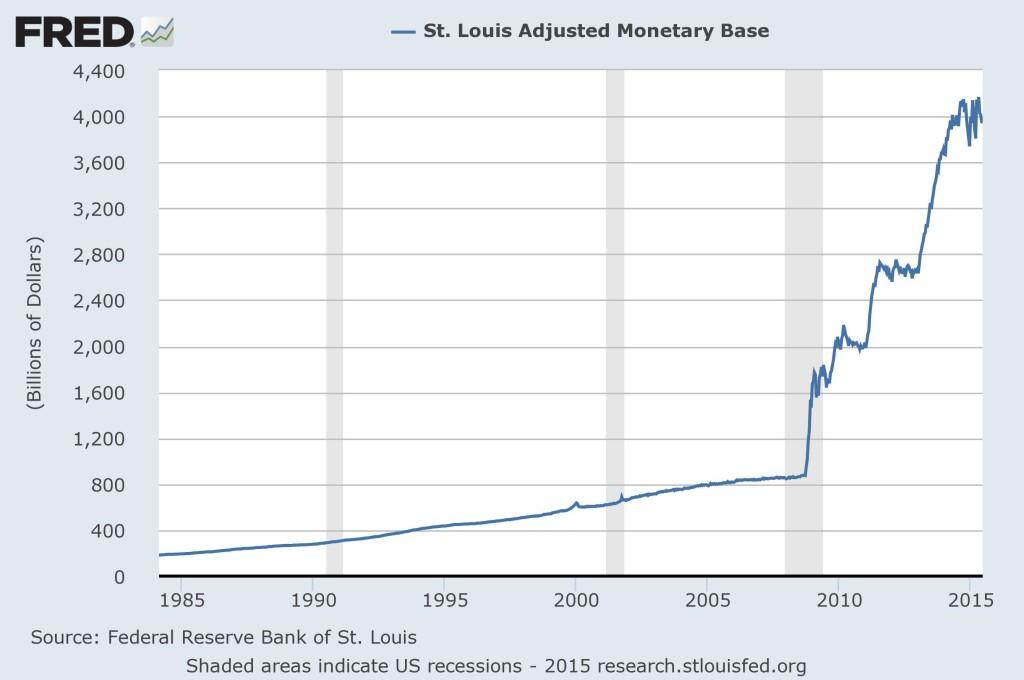Reuters reports:
Any changes to the rate that the Federal Reserve pays to banks on excess reserves will take effect immediately upon approval, rather than at the end of a two-week maintenance period, the central bank announced on Thursday.
The change is being made to improve the ability of the Fed to use the payments made to banks on excess reserves as a tool for raising its target interest rate.
By paying more, the Fed would encourage banks to hold more reserves, pulling money from the financial system and raising short term rates overall.
Paul-Martin Foss explains the change in more detail:
In an under-reported piece of news, the Federal Reserve today took the first step towards raising the federal funds rate. What exactly did the Fed do, and why is it so important?
The Fed announced that changes to the rate it pays on excess reserves held by banks will now take effect immediately, rather than at the end of a two-week maintenance period. Consider what would have happened had the Fed not made this change.
Currently the Federal Reserve pays banks 0.25% interest on excess reserves that banks hold at the Fed. The federal funds rate, the rate at which banks borrow and lend in the overnight market, is currently between 0.00 and 0.25%, with an effective rate of around 0.13% on any given day. This means that the trillions of new dollars that the Fed created over the past several years are essentially sterilized; rather than being loaned out by banks, they are sitting in excess reserve accounts at the Fed earning more interest than they would by being loaned out in the market. This is why, despite the monetary base being nearly five times what it was before the financial crisis, prices have not quintupled, or even increased anywhere near that amount. All that new money is tied up.
Had the Fed stuck to its policy of waiting until the end of a two-week maintenance period for changes in interest on excess reserves (IOER) to take effect, let’s assume that the Fed decided to raise the federal funds rate to 0.25%, or even to 0.50%. Now the banks have a choice, either earn 0.25% from the Fed on their excess reserves, or begin to loan out those reserves at 0.25% or 0.50%. Excess reserves begin to be drawn down, that new money begins to enter the system, and the money multiplier begins to take effect. Now the Fed can still sterilize that money by raising the IOER to 0.50% or 0.75%. But if the IOER rate increase takes up to two weeks to take effect, that’s two weeks in which banks can draw down their reserves. Who knows how many billions of dollars would end up in the financial system. The Fed couldn’t control how much money was removed, and it would fear losing control of monetary policy as a result.



